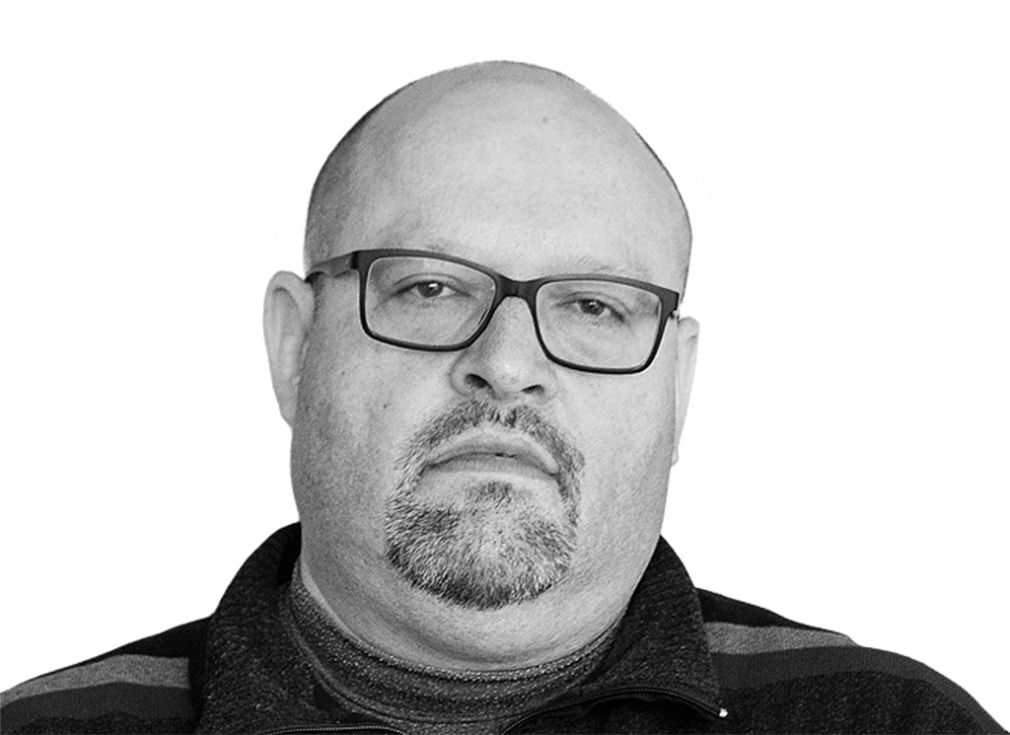By: Dr Matevž Tomšič
When in 1994, while in parliament due to the so-called Depala vas affair the then Minister of Defence Janez Janša was being dismissed, a crowd of his supporters in the Republic Square protested against this act, the dominant media and their opinion leaders criticised such an expression of popular dissatisfaction. They widely explained how “politics is not carried out on the street, but in the parliament” and that the political process should be left to the institutions of the system. And when the right wing of Slovene politics later organised some more public manifestations, they were always problematized in public as something that was not supposed to be an integral part of democratic political life. Some even went so far as to compare them to the infamous “truth rallies” by which Serbian party leader Slobodan Milošević established his power monopoly in the late 1980s.
Now, street demonstrations have been taking place since the beginning of the third government of Janša. In doing so, they enjoy the intense support of the dominant media. Those who condemned the demonstrations in support of Janša now sympathise with those who want to throw him out of power (it was similar during the so-called popular uprisings in 2012-2013).
This is happening, although the current cycling and similar protests are actually much more reminiscent of the methods of Milošević and his supporters. Manifestations organised by the right in the past were sporadic events at which their organisers and participants highlighted certain demands. It was not only protesting because the government was put together by the “wrong” political option. The current street events, however, involve the systematic and continuous overthrow of the government, with the aggression and hysteria of the protesters escalating. Here is a clear parallel to what was happening in the former state in the last years of its existence, when Milošević, with the help of his protesters, tried to eliminate political rivals; in the end he succeeded, as with the help of orchestrated mass protests he achieved the marginalisation of opposing factions in Serbian state-party structures and the enthronement of to him loyal authorities in the two then autonomous provinces of Vojvodina and Kosovo, and later in Montenegro. In this way, he consolidated his power for more than a decade.
Cycling and similar protests are primarily an instrument of the post-communist deep state, of which Janez Janša is the main thorn in its side, so its protagonists are trying to remove him from the post of Prime Minister with the help of their political, media, and civil society exponents. They are the actual directors of this happening. Can anyone really believe that Jaša Jenull is playing the lead role? That the spiritus agens of all this happening is some director of modest references that almost no one had heard of until last spring? The same is true of other characters whose activism is so heavily promoted by the mainstream media. They are here only in the role of executors, much like the representatives of the KUL coalition parties are in the parliament. And similarly, when their candidate was Karl Erjavec. Just as participants in “truth rallies” were once only a tool of Milošević’s policy.
These centres of power cannot come to terms with a situation where someone is in power who is unwilling to play the role of their puppet and thus maintain the existing relations of power, influence, and privileges. And you cannot be fooled: many benefit from these relationships; some larger, others smaller. All of those are keenly willing to embark on a game run from behind the scenes; a game in which no price – even in terms of endangering public health – is too high.
Dr Matevž Tomšič is a sociologist, professor at the Faculty of Applied Social Studies, and president of the Association of Journalists and Publicists.
